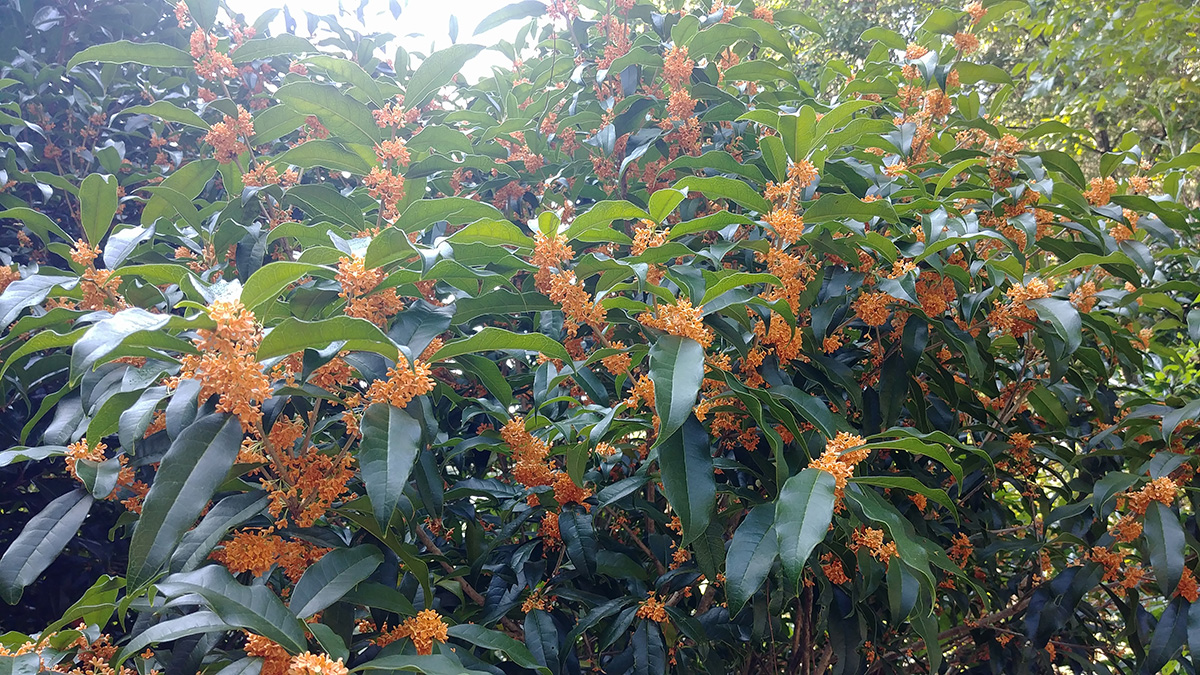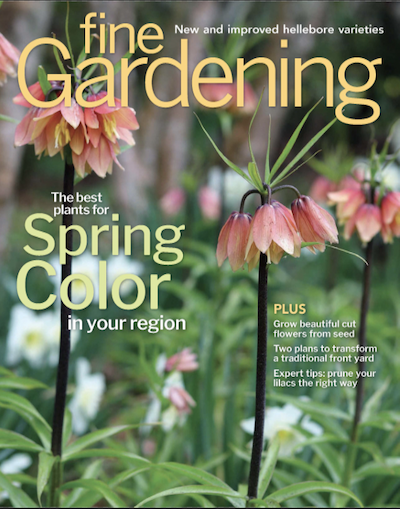Dr. Andy Pulte
-
Southeast Regional Reports
South: January Garden To-Do List
Don’t tell the folks in the other regions, but gardening doesn’t really grind to a halt for us Southerners in January. We know there will be a few good days…
-
Southeast Regional Reports
Lewis Ginter Botanical Garden Is a Southeastern Standout
Visiting a public garden is one of the best ways to find inspiration. One of the best public gardens in our region is Lewis Ginter Botanical Garden in Richmond, Virginia.…
-
Southeast Regional Reports
Growing Garlic in the Southeast
Garlic is one of the easiest crops to grow in the Southeast. But not only is it easy to grow; it also has very few pest and disease problems. Additionally,…
-
Southeast Regional Reports
Southeast November Garden To-Do List
It may seem like November should be a sleepy month for gardeners. That is just not the case, as there is plenty to keep us busy. Our Southeastern region will…
-
Southeast Regional Reports
Top Plants for Fall Color in the Southeast
The Southeast is one of our country’s fall color hot spots. Autumn seems to take place in acts, with one species yielding to another as each reaches its peak fall…
-
Design
Perennials for Fall Color
People flock to fall color hot spots every year to experience the best the season has to offer. The deciduous trees that grow across North America rarely disappoint. Year after…
-
Southeast Regional Reports
Pest Control for the Southeast: Ambrosia Beetles
Ambrosia is which of the following? (1) A dessert made of oranges and shredded coconut. (2) A group of beetles that can harm plants in the southeastern United States. The…
-
Southeast Regional Reports
South September To-Do List
September in the South is a bit of a mixed bag. Summer is still fully in effect, but we also get a few glimpses of fall. One of the first…
-
Southeast Regional Reports
Summer Pruning Panicle Hydrangeas in the Southeast
The rise in popularity of panicle hydrangeas (Hydrangea paniculata, Zones 3–8) has been staggering over the last fifteen years. This rise is due in part to several new cultivars entering…
-
Southeast Regional Reports
Delavay’s Schefflera for the Southeast
When I give tours of the State Botanical Garden of Tennessee in Knoxville, I always make a stop at our Delavay’s schefflera (Schefflera delavayi, Zones 7–11). “Who knows the houseplant…
















